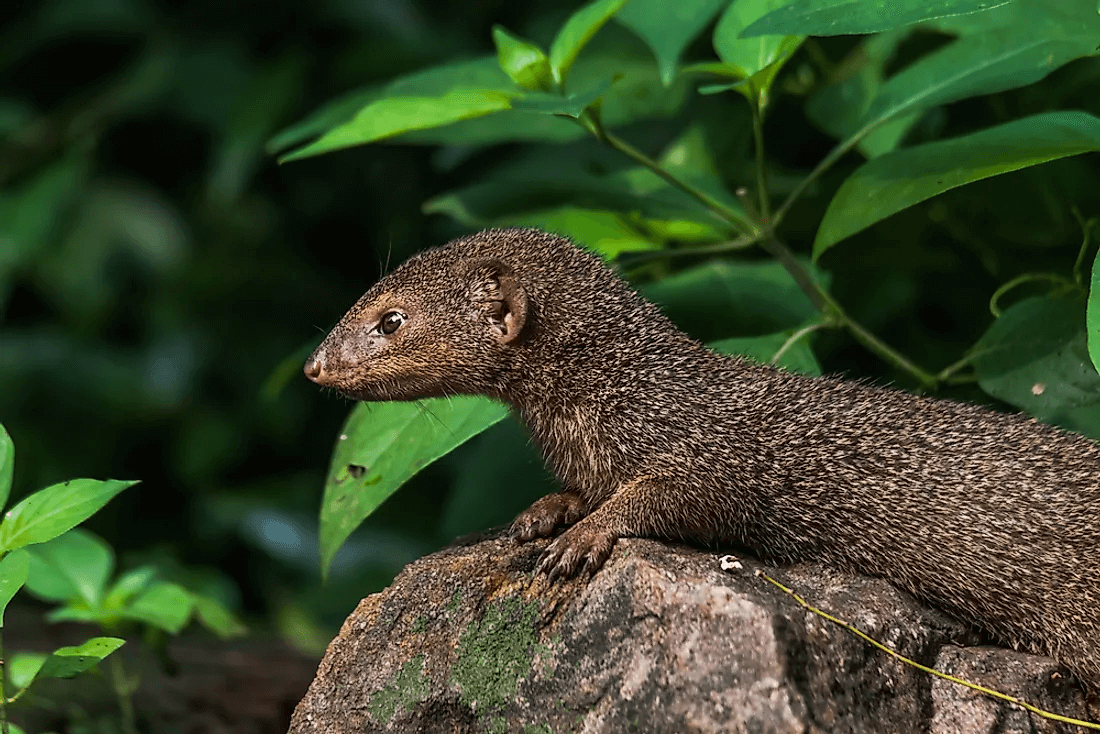The Hawaii Wildlife Center is a special place in Hawaii that takes care of animals, keeping them safe and healthy. It’s like a guardian for Hawaii’s animals, helping injured ones get better and find good homes. But there’s more about them, and in this article, we’ll learn about the center, what it does for the animals, and more. By understanding their work, we can see how important it is to protect nature. Join us as we explore the Hawaii Wildlife Center and how it keeps animals in Hawaii happy and safe.
What Do They Do?
The Hawai‘i Wildlife Center (HWC) is a nonprofit organization that cares for native birds and the Hawaiian hoary bat. They offer medical help, rehab, and emergency response for these animals. HWC covers all Hawaiian Islands and even extends to Midway and Kure Atoll. They have a main center in Kapa‘au and also work on O‘ahu and Lāna‘i.
HWC is the first group solely for Hawaiian wildlife, giving modern care, rescue training, and public education. Their goal is to help native birds and bats survive and to teach people about wildlife. HWC’s vision is a world where Hawaiian species thrive, and their mission is to protect and recover native winged wildlife through care, research, education, and cultural programs.
Mission – Hawaii Wildlife Center
The Hawai‘i Wildlife Center’s mission is to help the native birds of Hawaiʻi. They do this by taking care of the birds when they’re sick, doing research, and teaching people about birds and nature. They use their hands to help the birds, learn about them, and show others why they’re important. This way, they want to make sure the birds stay safe and get better, and also that people know how to help. The center’s goal is to keep Hawaiʻi’s special birds healthy and make sure they’re okay for the future.
Facilities And Expertise
The central facility of the Hawaii Wildlife Center is where vital operations take place. This is the hub where animals are nurtured and their well-being is ensured. At the center of the animal care is Dr. Juan Guerra, the Wildlife Rehabilitation Manager. The center also collaborates with specialized pro-bono veterinarians from various locations. Together, they orchestrate top-notch medical care for the animals. The facility functions as a primary avian hospital, catering to seabirds, forest birds, birds of prey, and even the Hawaiian hoary bat. Many of these assisted birds are endangered, compelling the center to provide its utmost efforts in nurturing their recovery and security.
Rehabilitation Efforts And Process
The Hawaii Wildlife Center (HWC) takes care of hurt native birds and bats from the Pacific. They have many kinds of cases, like injuries from accidents or attacks by other animals. Each bird or bat gets special care for a few weeks or more. They spend up to ten hours each day getting food, medicine, a safe place, exercise, and help with behavior.
Upon intake, they check every animal and do a bunch of tests. Then, they decide how much water and food it needs, and if any medicine or more check ups are needed. Once a diagnosis and plan have been placed for the animal, it might stay in a special care place or a recovery yard. The vets watch the injured animals closely and give them care. When they’re healthy and their behavior is good, they let them go back to their natural home.
Education And Outreach
The Ho‘opulama Science and Discovery Center is an exciting place for hands-on learning. Students are allowed to explore interactive educational opportunities tailored to their curriculum. HWC also offers a 13-page companion workbook. This resource accompanies the exhibits, featuring questions that guide students through the Science and Discovery Center. Currently designed for grades 6 to 12, they are also working on workbooks for elementary and college levels.
You can learn more about these engaging experiences on their website, which you can visit by clicking here.
Outreach Events
During available times, The Hawaii Wildlife Center extends its message beyond its center through what’s called outreach events. Through these functions, they engage with the community. The team brings along an informative display board and sets up interactive activities at various events. Recently, a novel splinting activity was introduced, giving students the chance to explore the materials used and even try their hand at it using soft toy patients. This innovative approach also highlights the use of everyday “waste” items, fostering discussions about recycling and repurposing. These outreach events enable the center to spread awareness while fostering interactive and educational experiences outside of their usual setting.
Bird And Bat Helpline
You can reach out to the Hawaii Wildlife Center through email at birdhelp@hawaiiwildlifecenter.org or by phone at (808) 884-5000.
Final Thoughts – Hawaii Wildlife Center
The Hawaii Wildlife Center stands as a vital guardian of native wildlife across the Pacific. Through their dedicated efforts, they provide essential medical care and rehabilitation to diverse bird and bat species, ensuring their survival against the odds. With Dr. Juan Guerra leading the charge, along with a team of expert veterinarians, the center’s commitment is unwavering. From intensive care to tailored recovery yards, each animal’s journey is marked by meticulous attention and a genuine concern for its well-being.
Beyond their facilities, the center’s outreach endeavors take their mission to the community, fostering awareness, interactive learning, and a sense of responsibility toward nature’s delicate balance. As we reflect on the Hawaii Wildlife Center’s contributions, we’re reminded of its dedication to preserving Pacific wildlife. Their efforts are a testament to the remarkable synergy between human compassion and the natural world.

